Antonio Díaz Palácios
My paternal grandfather, Antonio Díaz Palácios, (1885-1954), was a native of Asturias, Spain.

To learn more about the Kingdom of Asturias, way back in the “olden days”, see this article, titled, “The Asturian Kingdom: Chroniclers and Kings, 791-910”, by Roger Collins, from the book, Caliphs and Kings: Spain, 796-1031, published by Wiley, 2012.
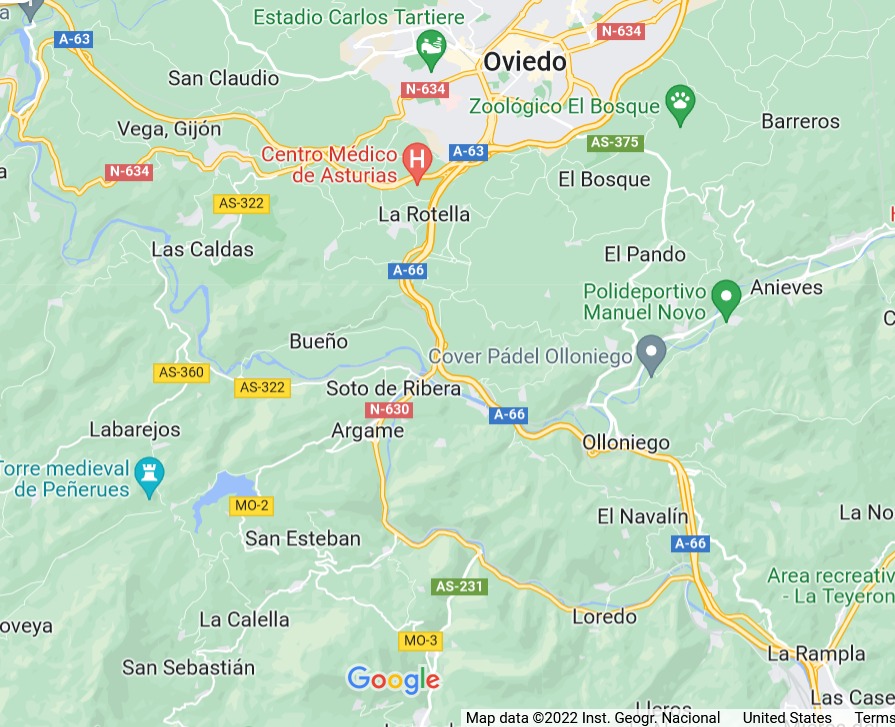
His parents were Josefa Palácios and Valentin Díaz. Valentin’s parents, my great-great grandparents, were Raymundo Fernandez Díaz and Maria Garcia. My grandfather had several siblings, including Soledad Díaz Palacios, Natalia Díaz Palácios, Rosita Díaz, Alfredo Díaz, Elvira Díaz and Belarma Díaz.
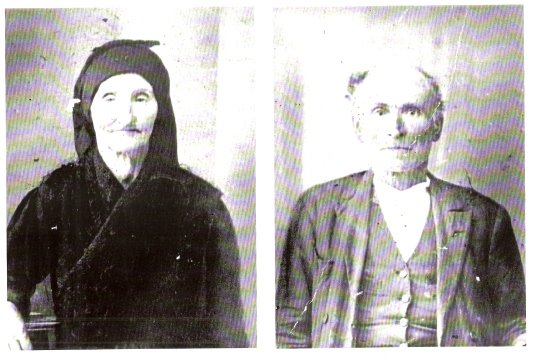
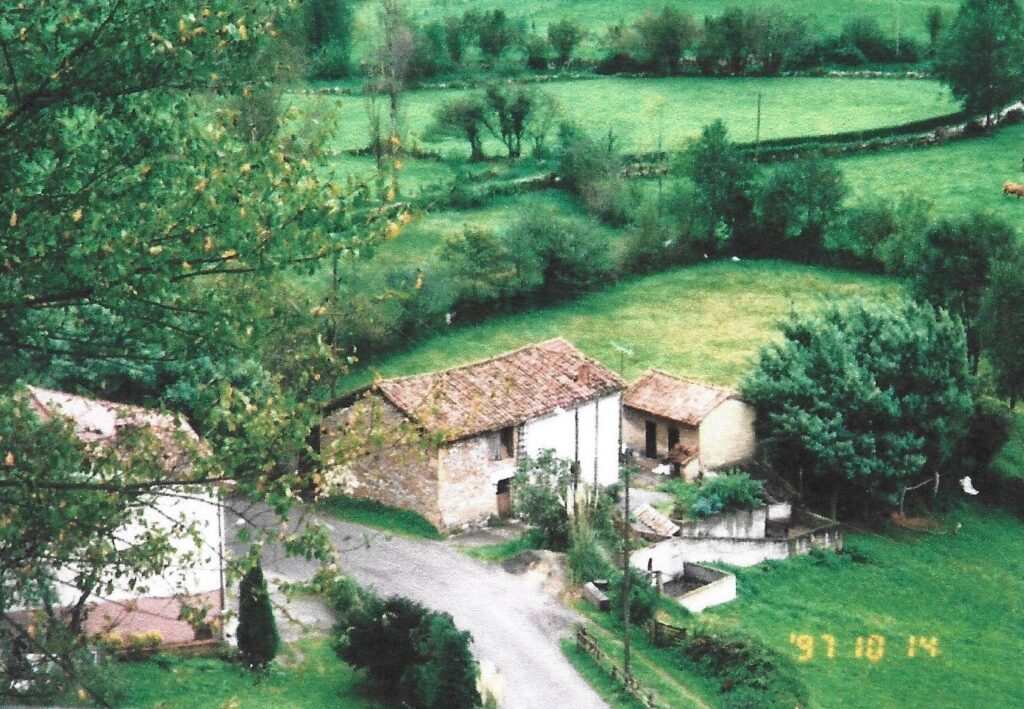
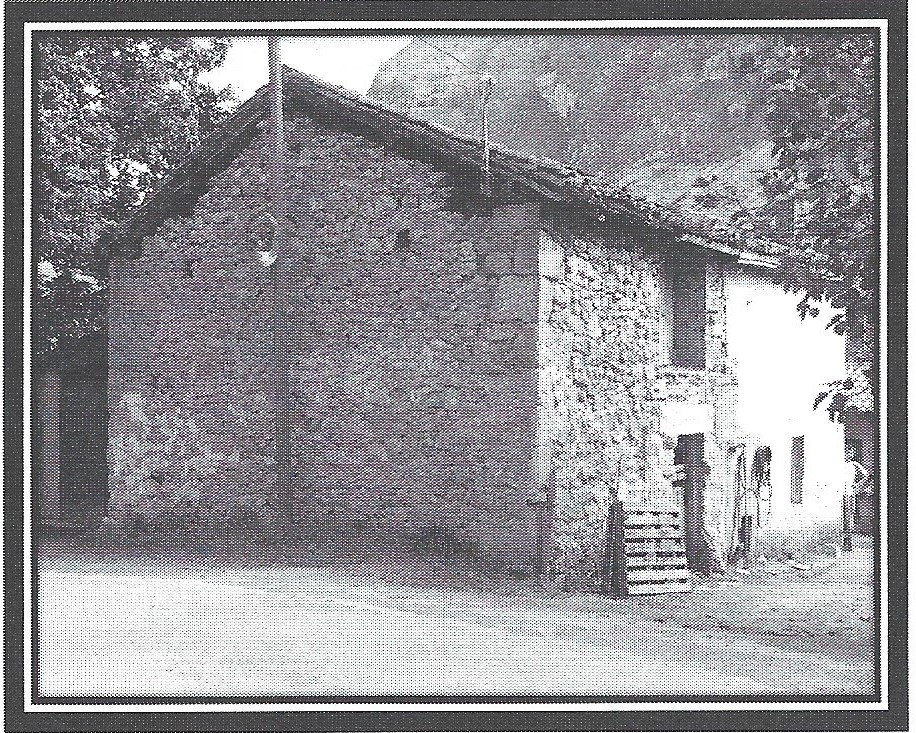
My grandfather was born in 1885, at a time when Spain’s influence and strength as a world power were well on the wane. In the early 1900’s, King Alfonso XIII hoped to gain back Spain’s prestige as a world power, as it had recently suffered a humiliating defeat at the hands of the US in the Spanish-American War. Flexing its military muscle once again, Spain went to war with Morocco (called the 2nd Rif War) to secure control of Morocco’s mineral wealth. Thousands of young working class Spanish men were drafted as conscripts, while their richer brethren were able to pay their way out of service. It was a bloody war, and many, many lives were lost. This did not sit well with the Spanish people. According to one source, “in 1909, troops embarked for Morocco protested the inequalities of military service. A general strike was proclaimed at Barcelona and other Catalonian cities …” It appears that the people of Asturias felt the same way about the war, and like thousands of other young men who left Asturias during the early twentieth century, my grandfather came to North America to avoid induction into the Spanish Army. He set sail to the Americas from the port of Gijon at the age of 21, never to return to his place of birth.
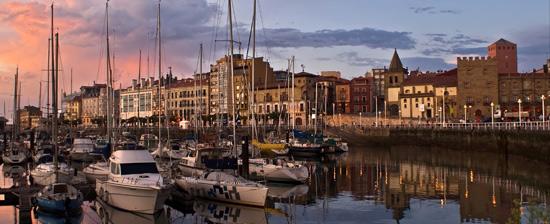
My grandfather’s ship landed in Havana, Cuba in 1906, but after a short period of time, he decided that he did not like it there, as it was under U.S. occupation and there was tension in the air. He landed in Veracruz and worked in the shipyards there for a short while.
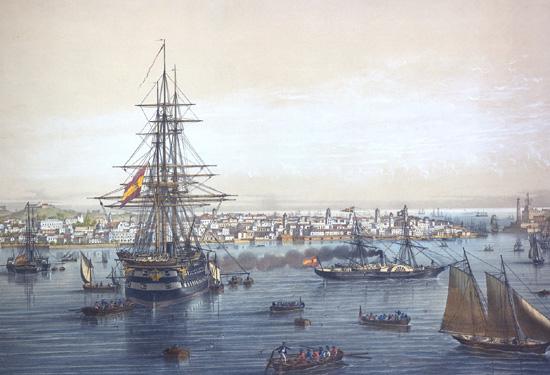
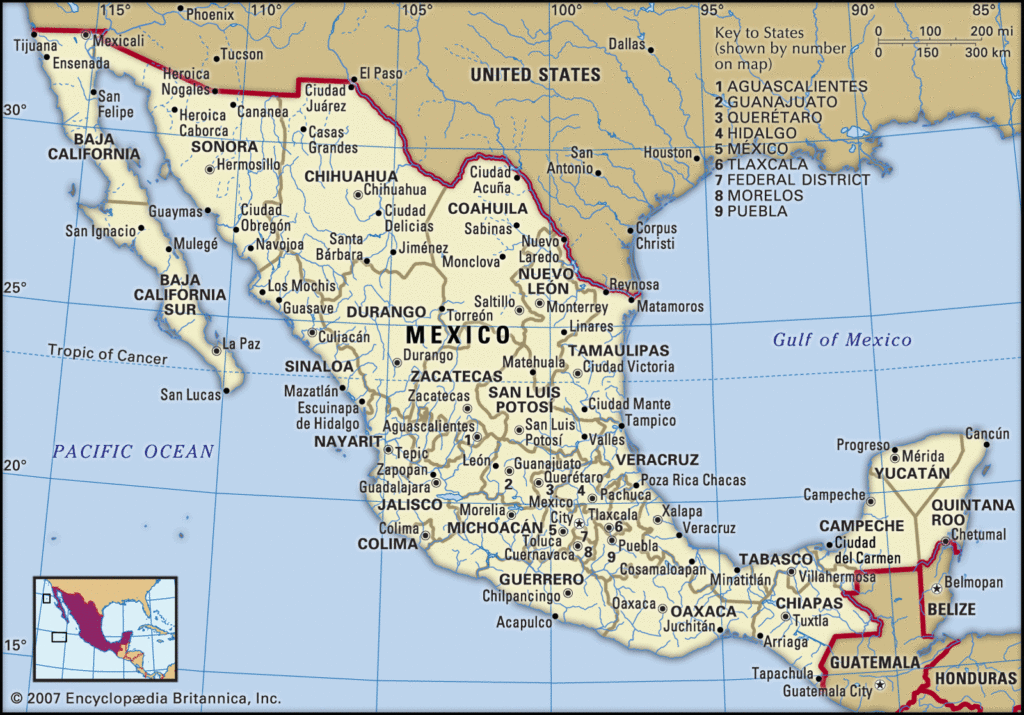
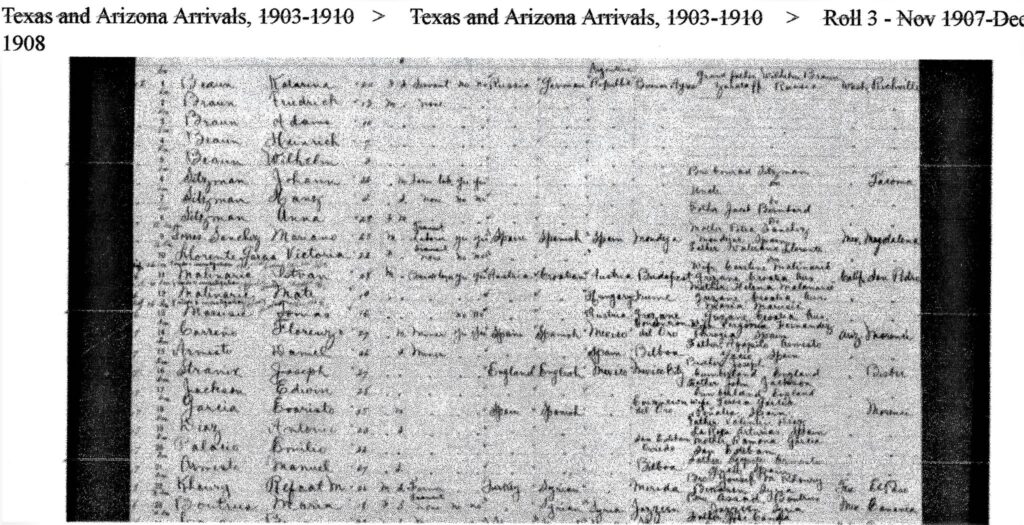
By 1907, however, he made his way to the United States, and ended up in the Clifton-Morenci region, working in the mines there. One day my grandfather got into an argument with a bully, who demanded my grandfather give him a cigar, and when my grandfather didn’t comply, he started a fight with him, and he lunged at my grandfather with a knife, barely missing his body. My grandfather grabbed a pool cue and hit the man over the head with it, knocking him out cold.
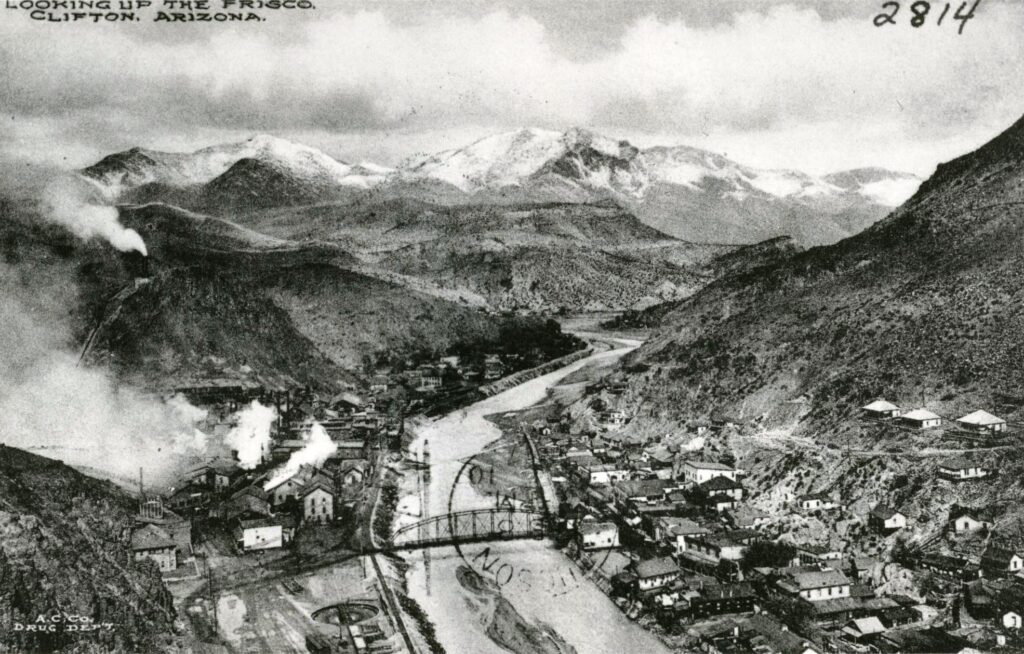
Fearing for his life and thinking that he killed the man, my grandfather fled south to Mexico, ending up in Zacatecas, where he worked in the silver mines.
Around 1912, my grandfather met my grandmother, Zeferina Torres Gallegos(1895-1939), a native of the state of Zacatecas. My father said she was from Sombrerete, although others in the family thought she was from the capital of Zacatecas, also called Zacatecas, which is supposedly where they met. I recently discovered their marriage certificate:
Here’s a song about the beautiful city, Zacatecas, Zacatecas.
I’ve also recently discovered additional documentation. Zeferina’s father’s name was Blas Torres Perez. His parents were Seberiano Torres and Diega Perez. They also had other children including Dionisio, Maria, Longinas, Juana, and Nicolas. They baptized Blas on February 4, 1866 at San Matias, Pinos, Zacatecas.
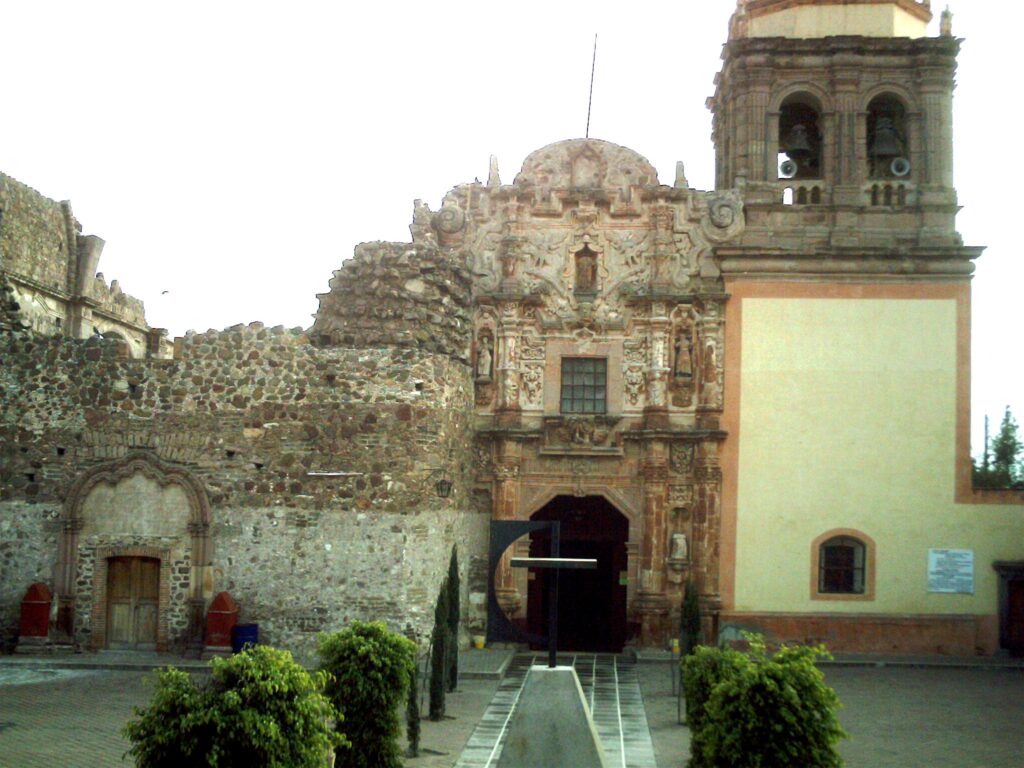
Blas married Matiana Gallegos in Pinos, Zacatecas on May 10, 1884. He was 18 (b. 1866) and she was only 13. Matiana’s mother’s name was Feliciana Gallegos.
My grandmother had at least two siblings, Epigmenia Simon Torres Gallegos, and Gabina Torres, who died in infancy. Not much else is known about my grandmother’s early life, except that she was from a Spanish family and had a sister who likely moved north to the US as some point. My hunch is that my grandmother was born in Pinos, Zacatecas, as that is where her parents married and the location of her brother Epigmenia Simon’s grave. He died on November 28, 1986 at the age of 85.
Here’s one of a handful of songs about Zacatecas.
My aunt Josie tried very hard to find out more about our grandmother, even going so far as to travel to Zacatecas to find out anything she could about her. She came up with nothing, unfortunately. It didn’t help that she had the names of her grandparents wrong. My grandmothers birth certificate indicates that her parents names were Florentina Garcia and Jose Torres. Not true.
The Mexican Revolution hit Zacatecas in 1912, and my grandparents moved to San Luis Potosi where they were married at San Pedro, Cerro de San Pedro, San Luis Potosi (San Luis Potosi) on March 26, 1912. My uncle Raul Diaz was born there the following year, in 1913.
In 1915, my grandfather was a payroll manager at the mine at which he worked. One early morning, he found a gun pointed in his face. It was the revolutionaries, demanding money. They took it, along with my grandmother’s wedding dress and other valuables, and left him with these words, “Que no salga el sol, Diaz”…which meant you better be gone by the time the sun comes up!
Here’s a song about the Battle of Zacatecas. My grandparents were in Mexico at the time, and this battle, the bloodiest of the Mexican Revolution, took place just west of where they lived at the time.
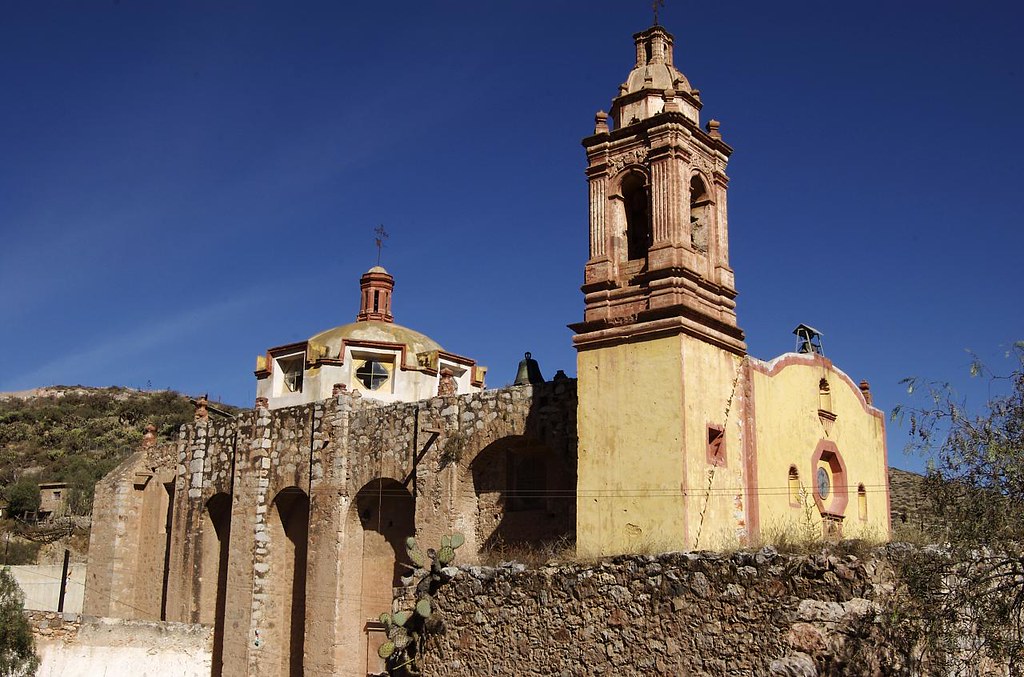
At that point, my grandparents decided to leave Mexico for good. They entered the U.S. through the El Paso port of entry in 1915.
They soon made their way to central Arizona, a region rich in copper mining and jobs. They settled in Ray-Sonora, and lived there for several years. They were one of a handful of Spanish immigrant families living there. Two of my uncles, Valentin and Belarmino, were born in Ray. Valentin was born on March 8, 1917 and Belarmino’s date of birth was February 7, 1919.
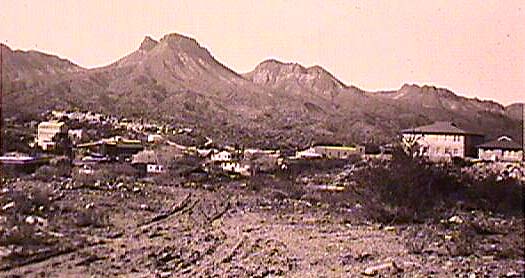
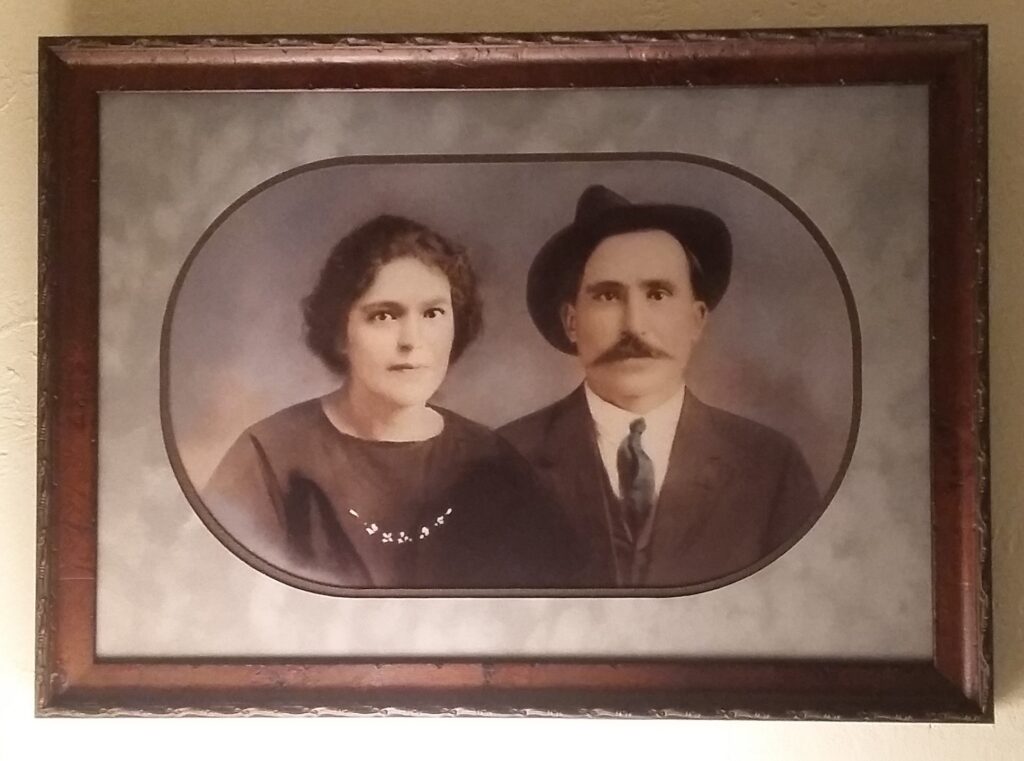
After a few years spent working in the mines, my grandfather fell ill with miner’s consumption, a debilitating lung condition. He left mining behind, and moved his young family to the Verde Valley region of northern Arizona, where he started a dairy farm. My dad grew up working the fields, fishing and delivering milk to the neighboring communities. What a different life it must’ve been! For a quick, historical overview of the region, see the following description: Irrigation in the Verde Valley
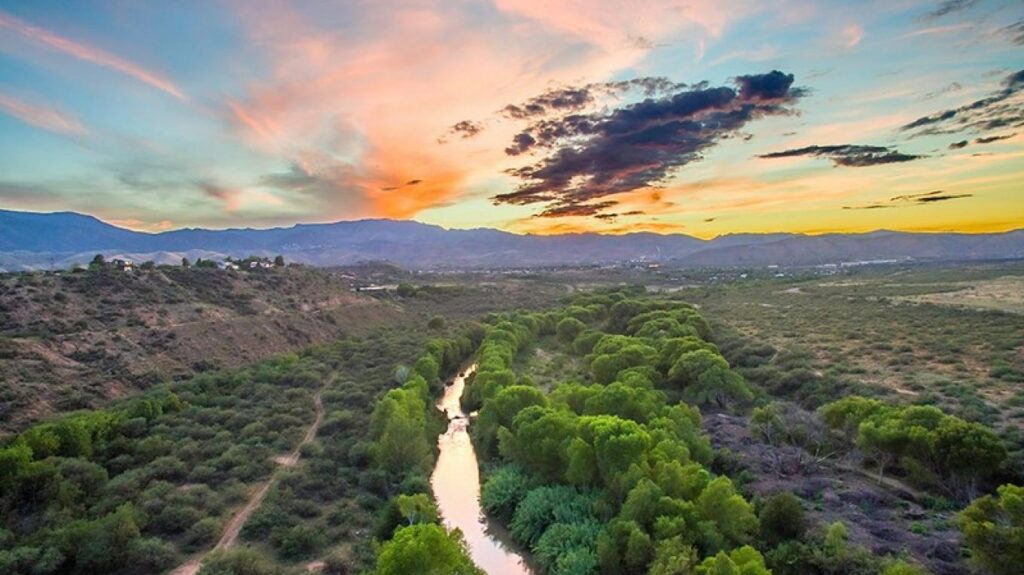
During this period, from 1920 to 1936, five more Diaz children, including my father, Alfred T. Diaz, were born and raised in and around Camp Verde. While the Great Depression made it difficult for the family, they got by somehow, even if it meant moving again and again.
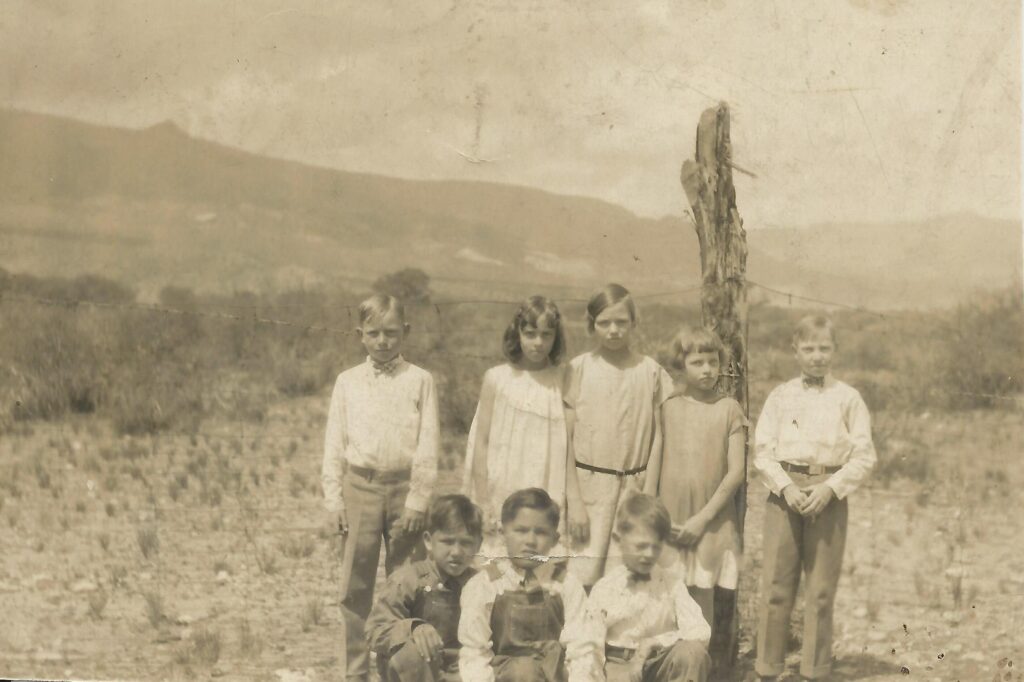
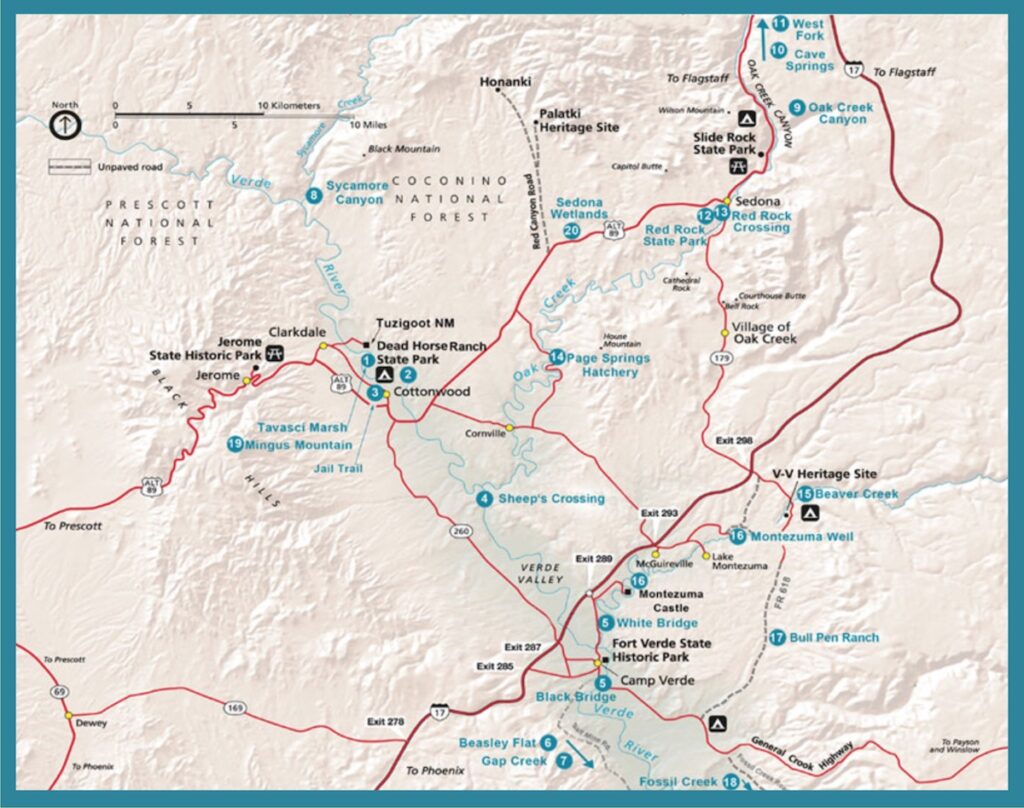
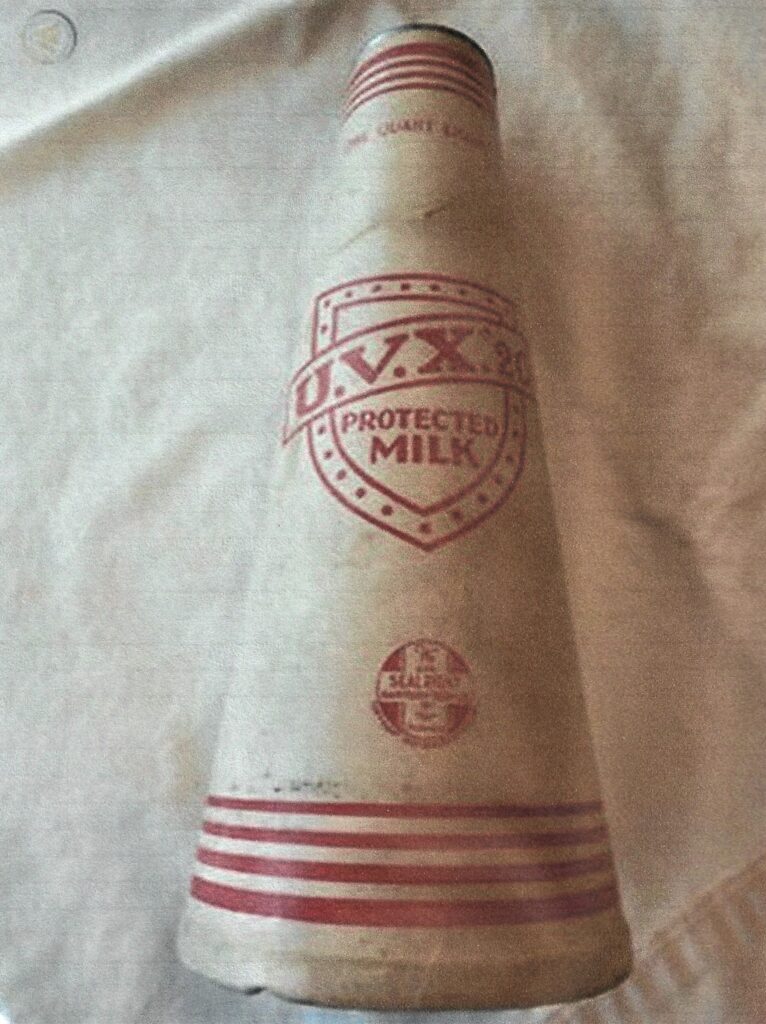
Meantime, in the mid to late 30’s, back in Spain, the Spanish Civil War was taking place, and the Republican forces fought some heavy battles against the nationalist fascist forces in my grandfather’s home state of Asturias. The following song, “Asturias” depicts some of the actual footage of the Spanish Civil War. I included it here primarily because the tune is so beautiful. The words are bittersweet when combined with the film footage. (For more information about what is known as the “Asturias Offensive” see this article from Wikipedia).
Around this time, my grandfather moved from the Verde Valley up to Flagstaff and then to Superior, a mining town just south of Globe, where he went back to work in the mines. Along the way, many of his cattle died from the cold, and my dad told me once that cholera had infected other livestock, killing them all off. The Great Depression hit the family hard. One day, my father remembered that our grandfather had gone to the bank to withdraw money, only to find the doors locked and shuttered. He lost practically everything he had.
In 1938, my grandfather’s cousin, Emilio Palacios, who owned a bar in Clemenceau, Az, passed away, within a year or two after his own wife’s passing. My grandfather adopted his nine children and took care of them. Below is an article that appeared in the Arizona Republic in 1938.
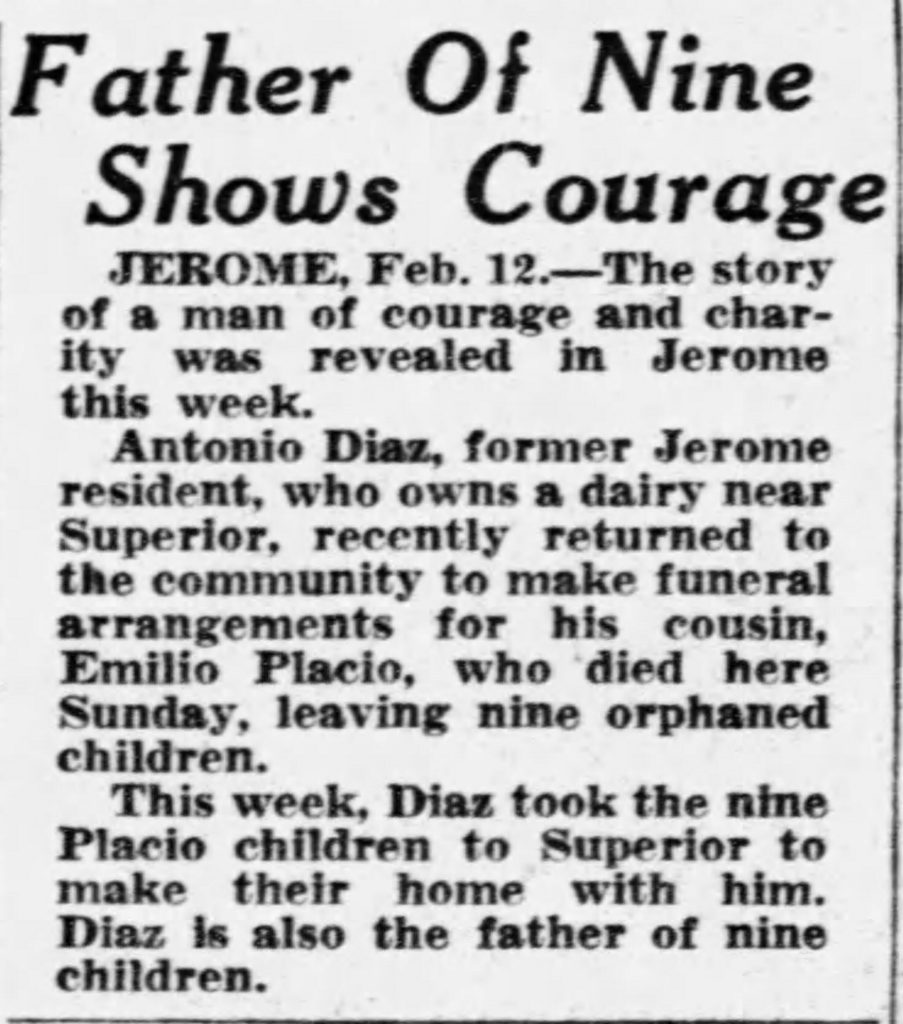
By this time, my grandparents had nine children of their own–Raul, Valentin, Belarmino, Alfredo, Antonio, Rafael, Josefina, Helen and Carmen. Having so many children to care for, and moving so much took its toll on my grandmother. She contracted uterine cancer, and died shortly after the family moved to Superior. She is buried in the cemetary there.
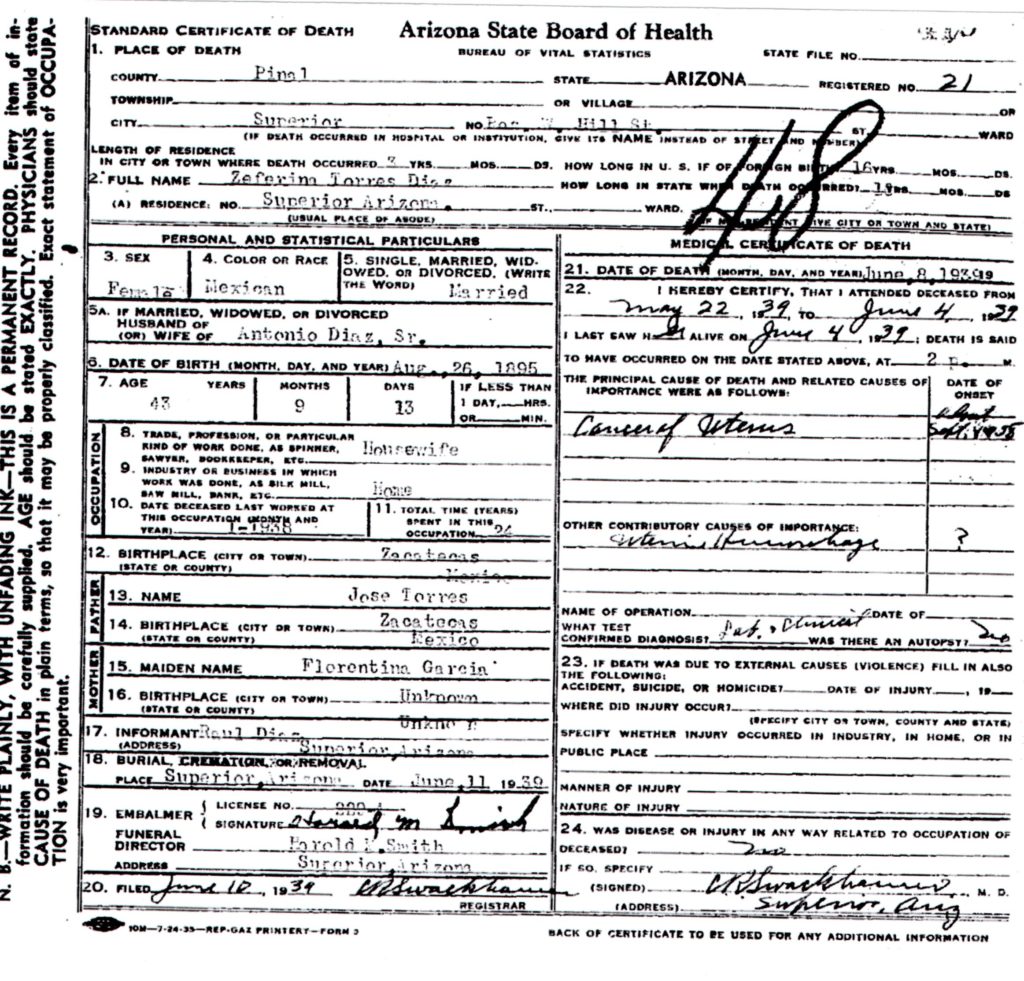
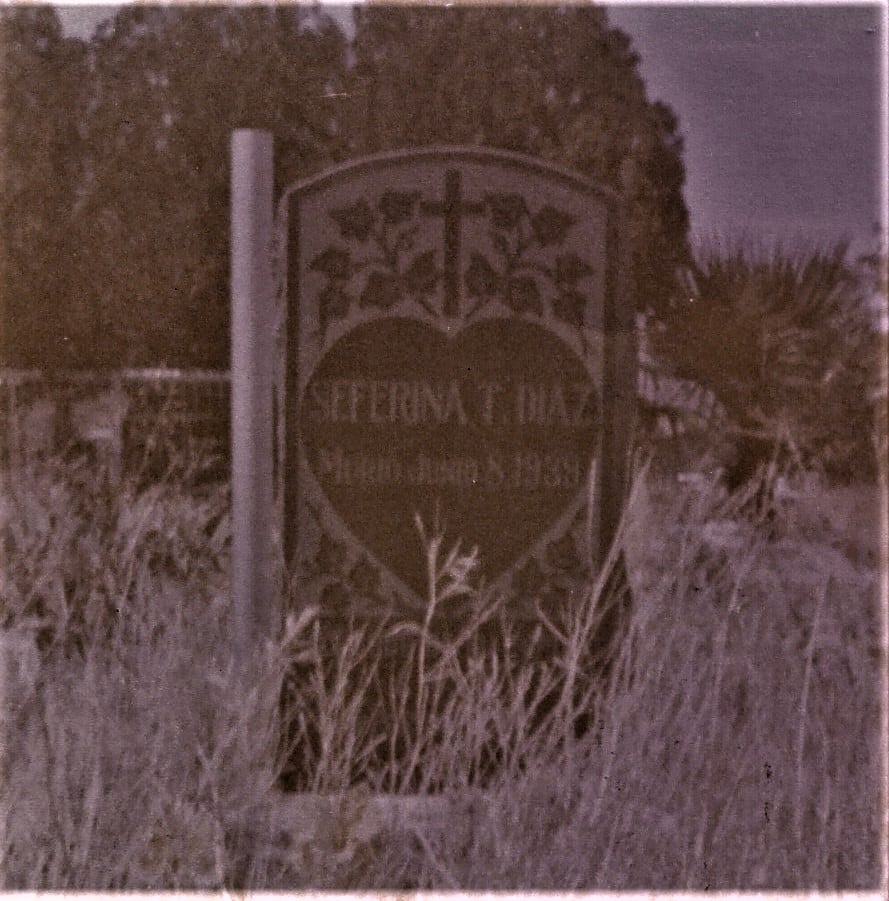
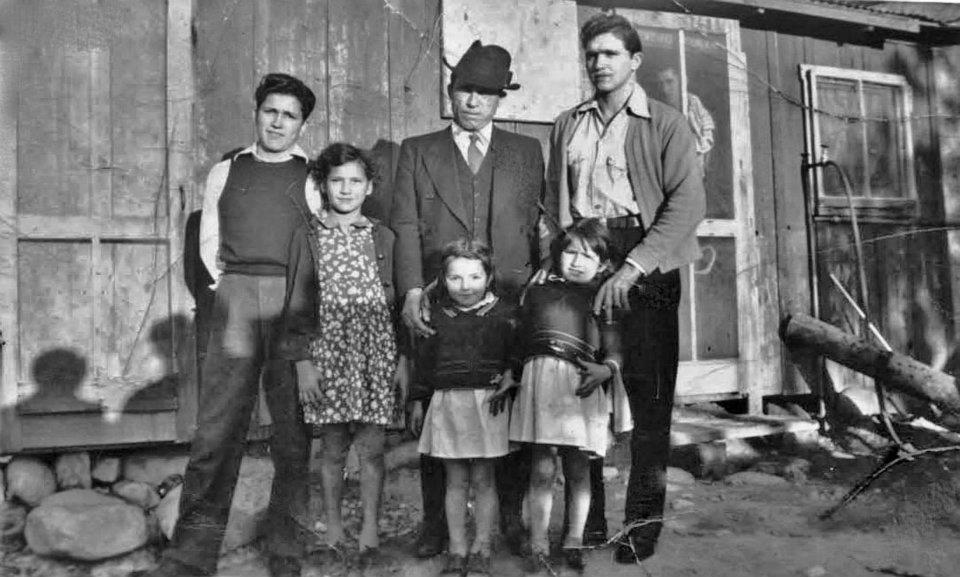
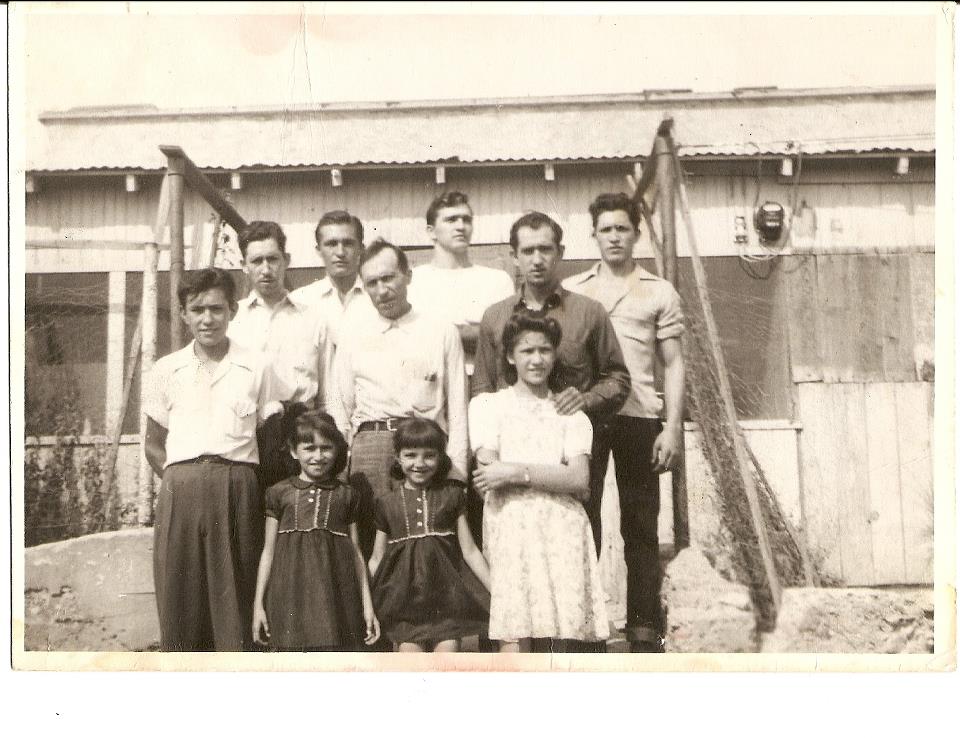
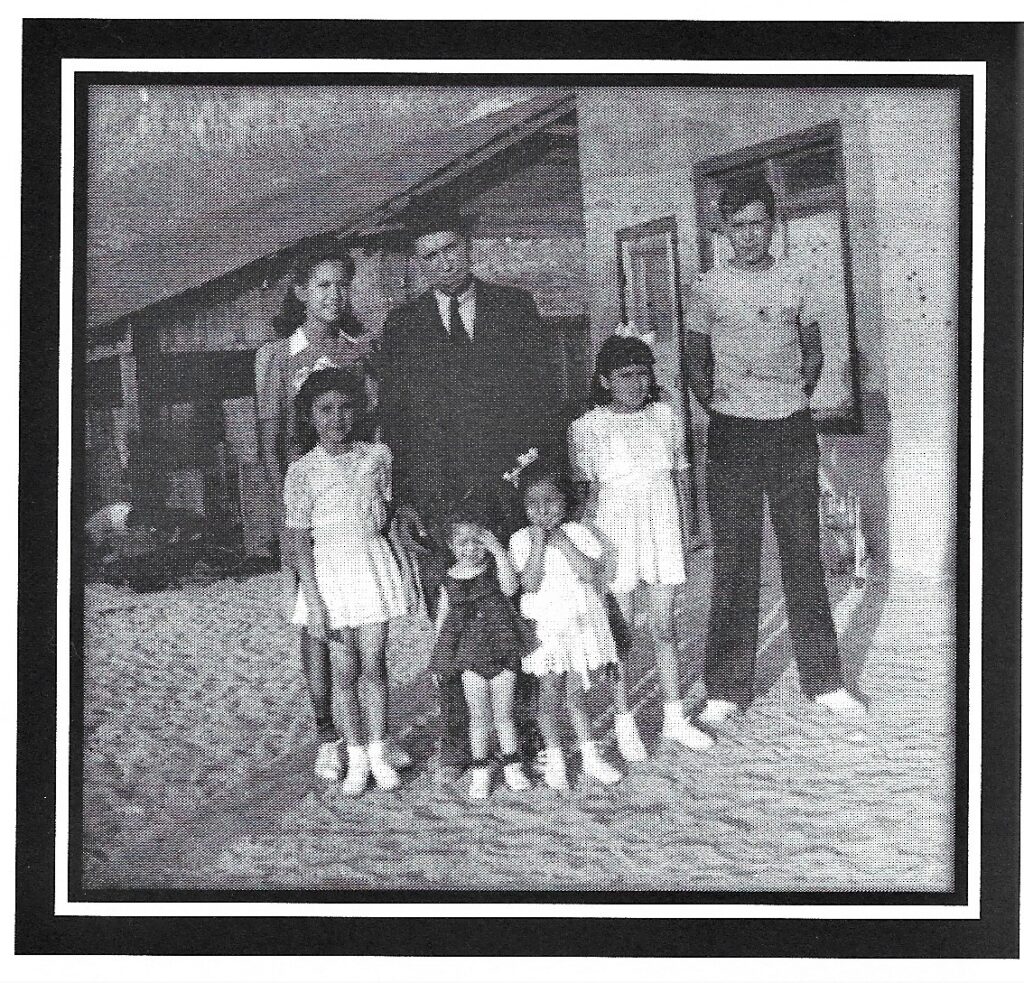
My grandfather had his hands full after grandmother died. His youngest two daughters, Helen and Carmen, were well below the age of 10. As luck would have it, he met a lady named Angelita, a widow with children of her own. They decided to marry, and remained together until my grandfather died in 1954.
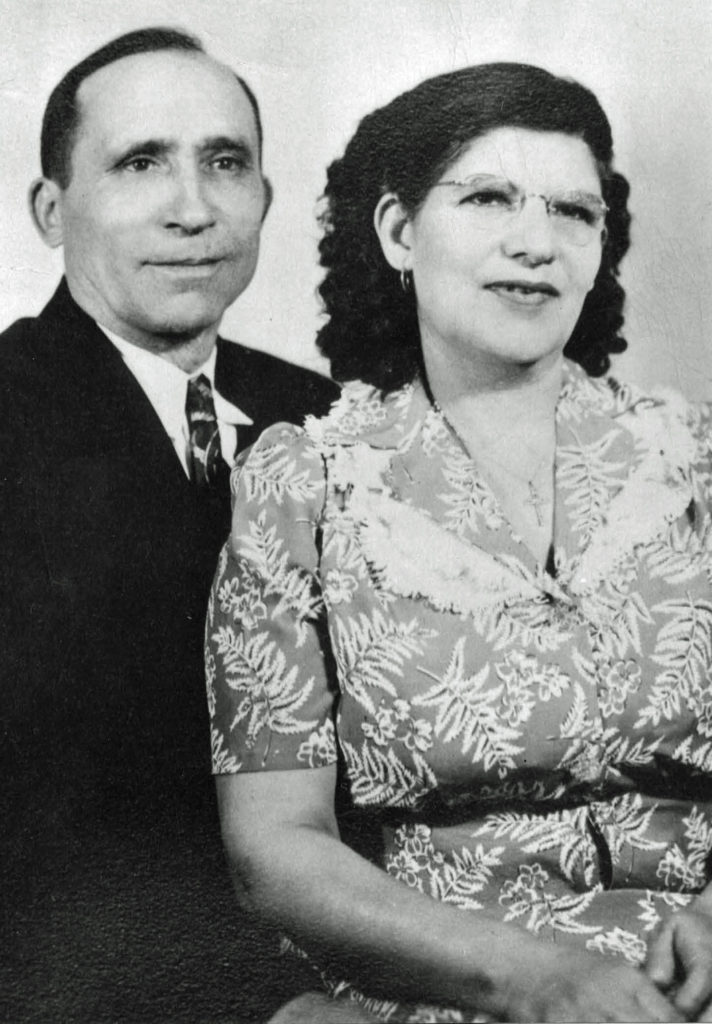

In the late 40s my grandfather moved his family to Tucson. My dad says he had rented ranches in various places around town, including on Silver Lake Rd. near the Santa Cruz River, up in the Sabino Canyon area by the Rillito River, and also on the other side of town at a ranch formerly known as the Sotomayor Ranch, near River Rd and Oracle Rd.
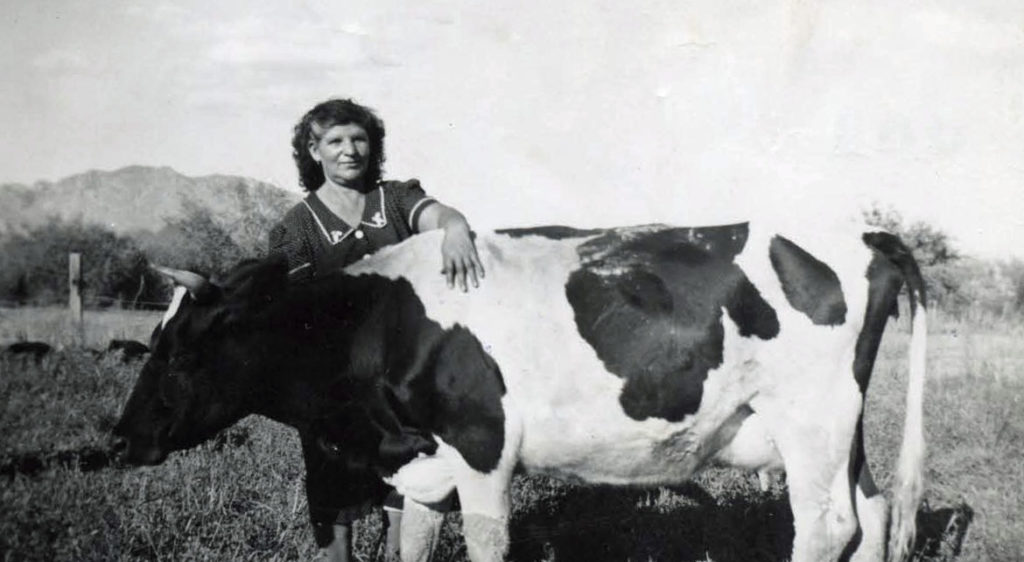
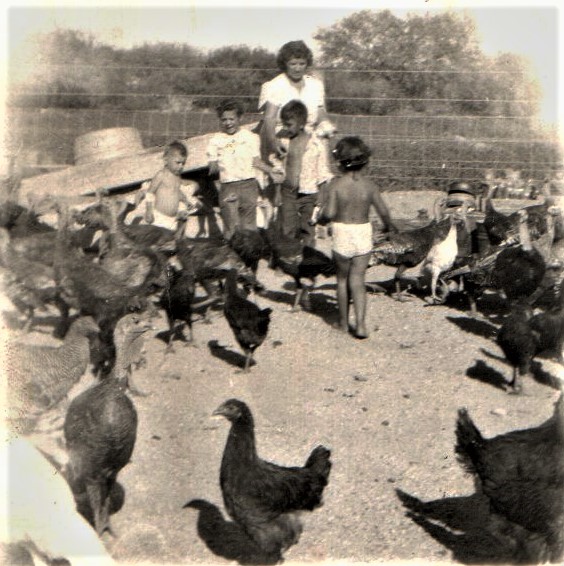
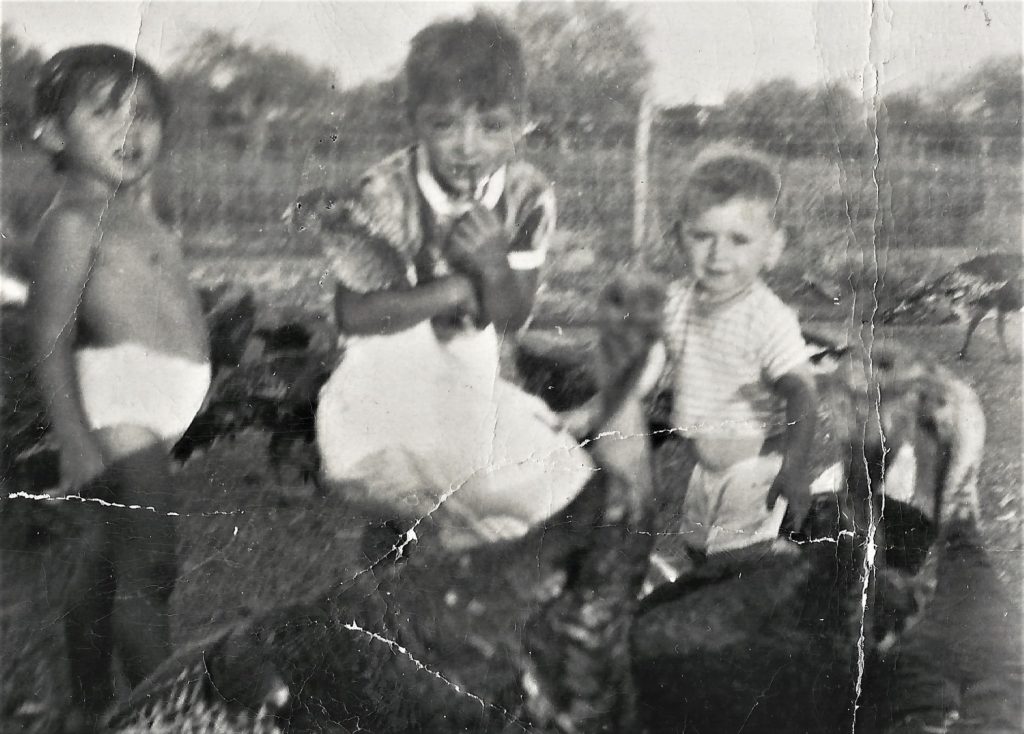
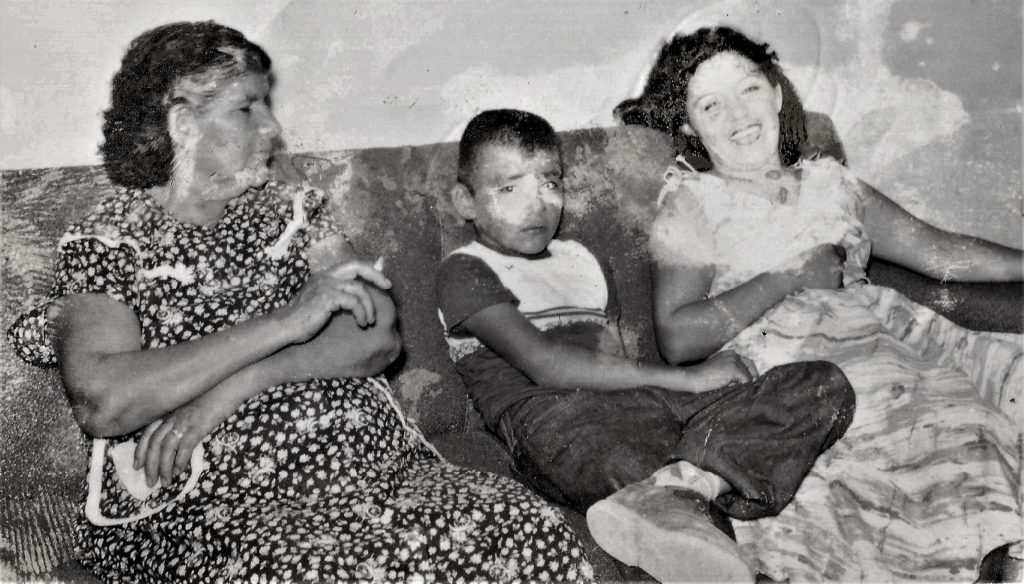
My four oldest brothers and sisters grew up going to the ranch with my mom and dad on the weekends. Mom loved being there and used to tell us how much she enjoyed spending time with our Nana Angie and our Tata, making tortillas outside, cooking food and sleeping under the stars at night. She would also love to tell us how our Tata would get my brother Carlos to help him milk the cows, and that he sometimes he would squirt milk straight from the cow right into his mouth. Becky says that Tata would get a little tipsy sometimes and get up on a table and dance flamenco, and he would point at all his grandchildren, saying to them, “ustedes son Espanoles!” My sister Irene also fondly recalls our Tata driving her back and forth to school at St. Peter and Paul Elementary school when she was a little girl. He would also sell vegetables that he bought at a discount from the local grocery chains to the people in the poorer sections of town more often than not giving it away to those who could not afford it. He was quite a guy. My brothers and sisters all spoke fluent Spanish as kids. I’m sure he had a lot to do with it. Wish I had known him. I was five years too late!
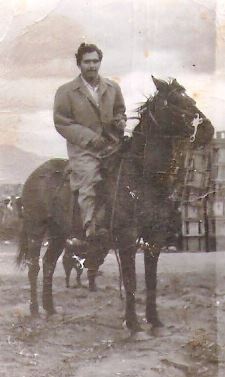

My grandfather moved one last time to a house just north of Speedway on Riverview. He spent his last days there, and died on December 8, 1954. He was 69 years old. He’s buried in Superior, next to his wife Zeferina.
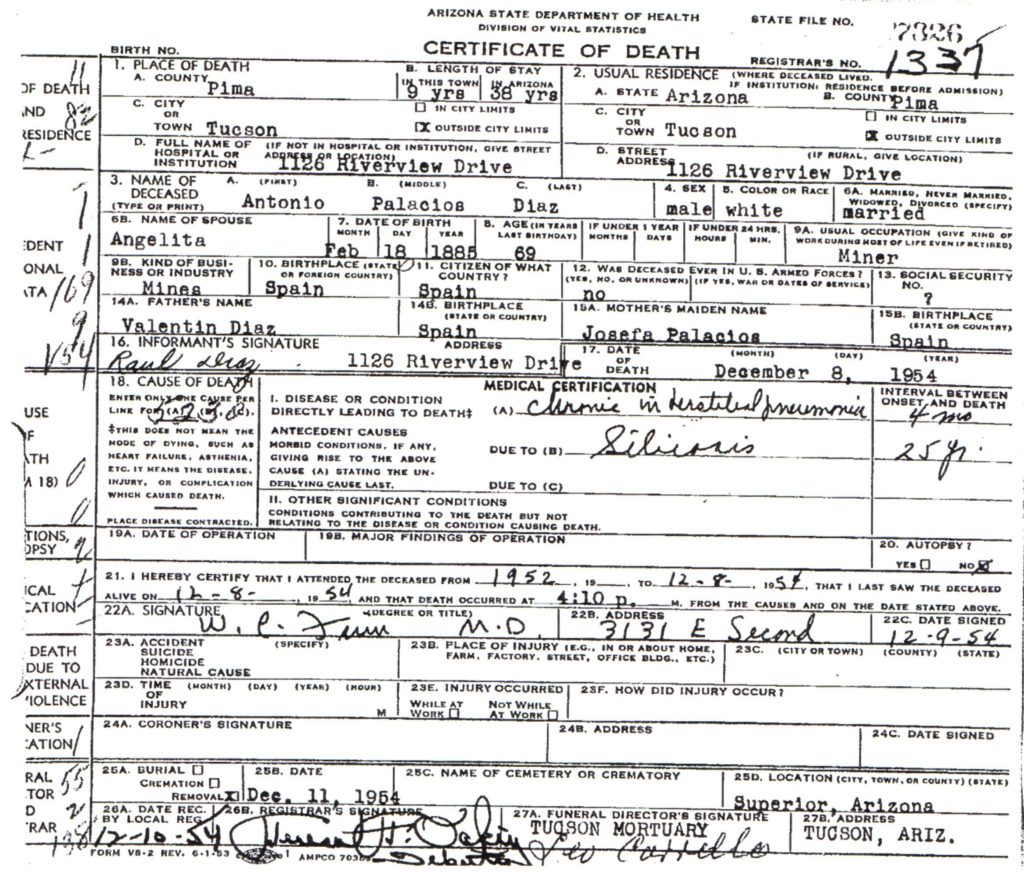
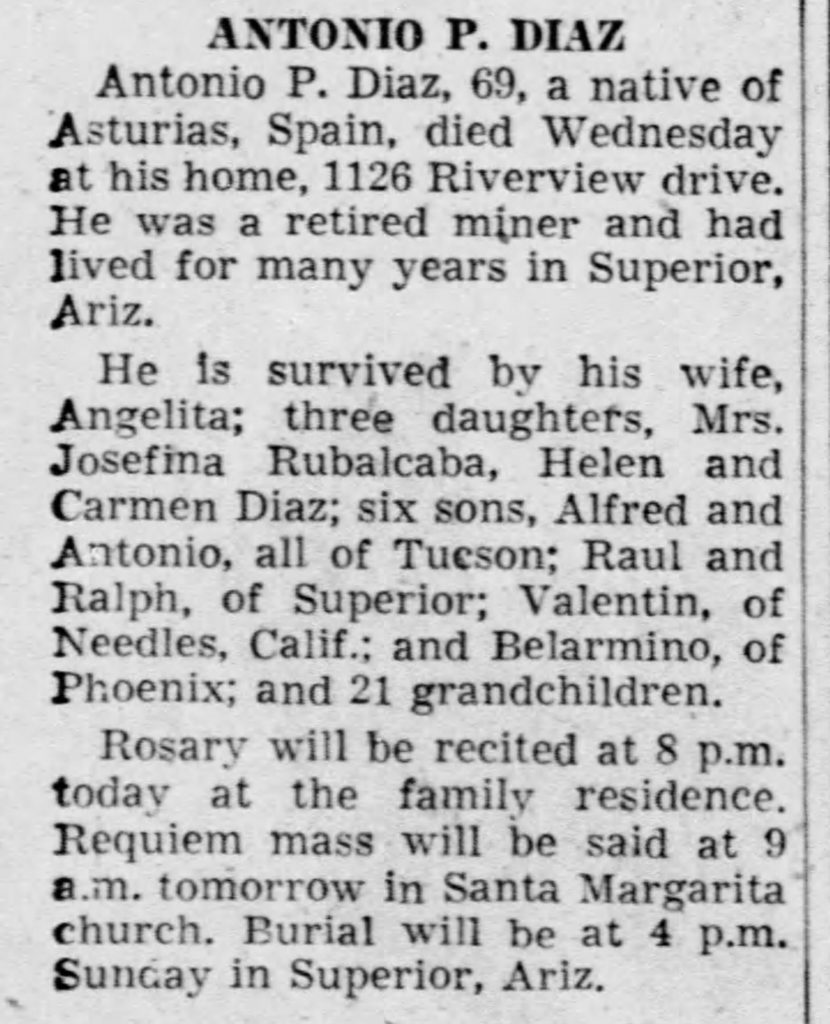
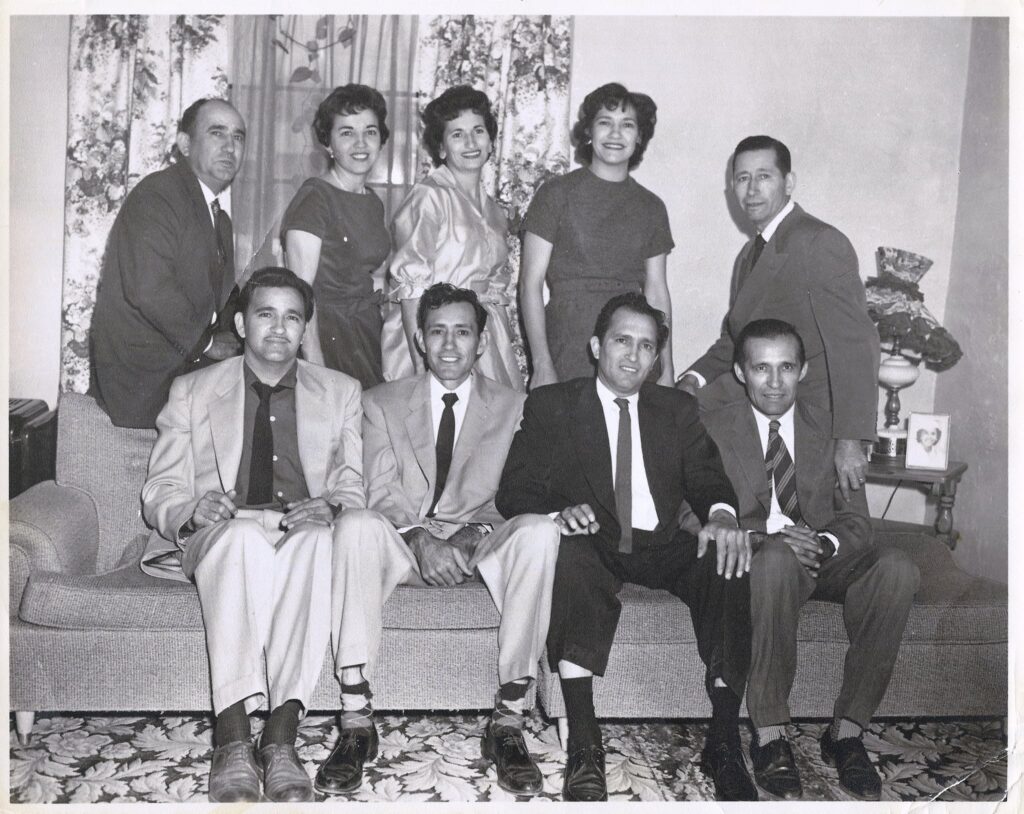
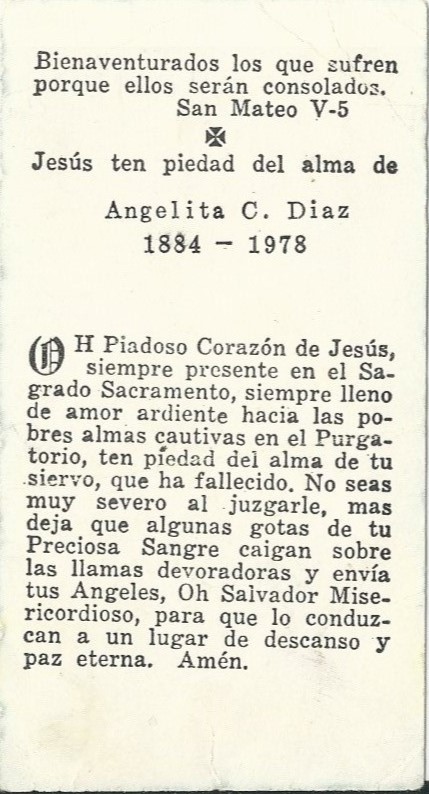
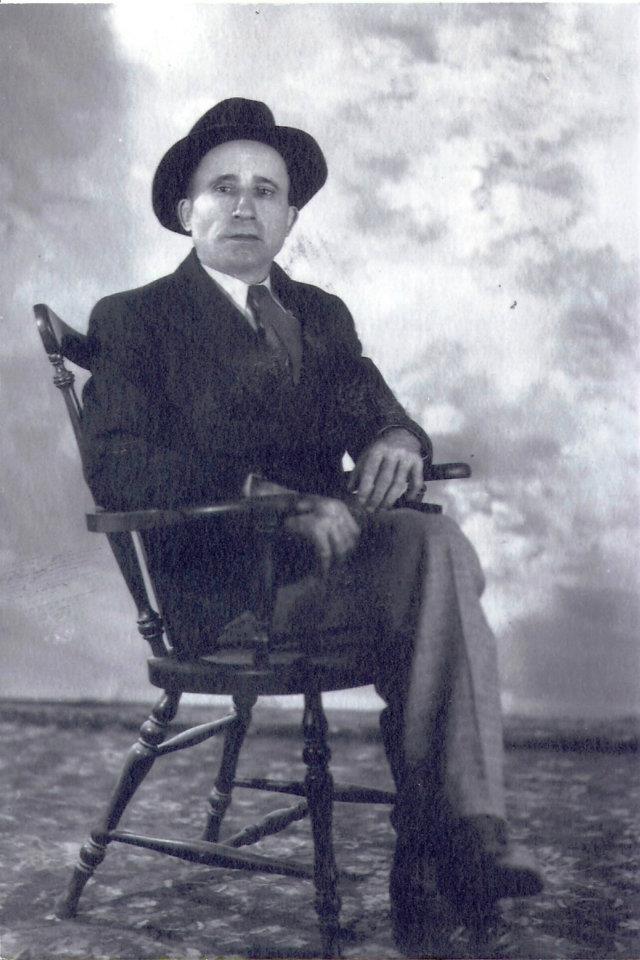
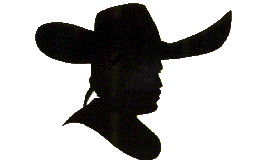
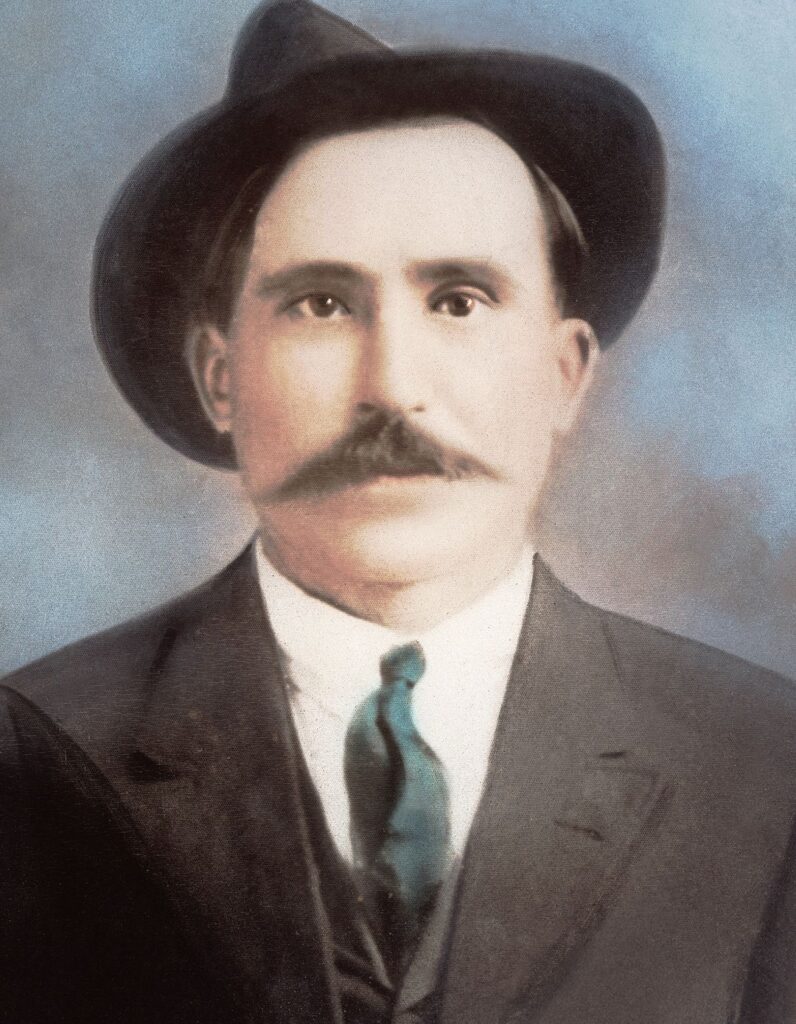

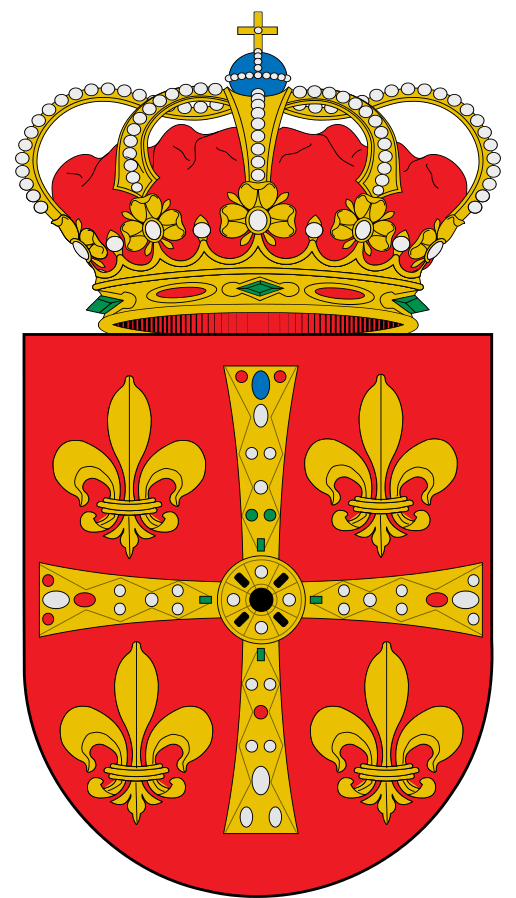
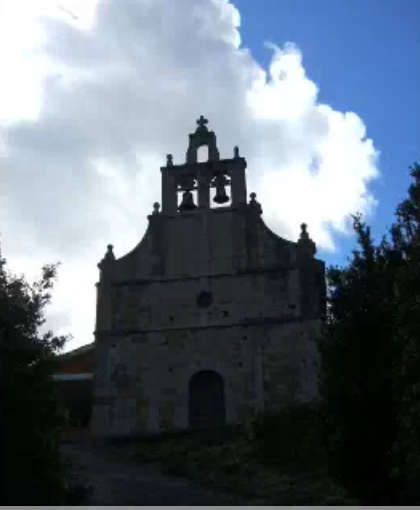

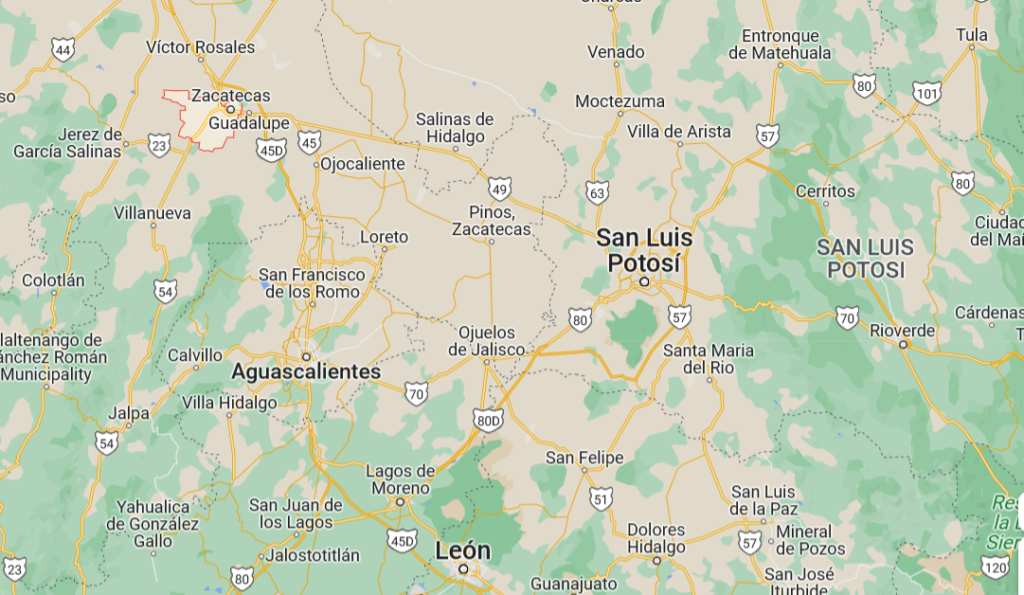
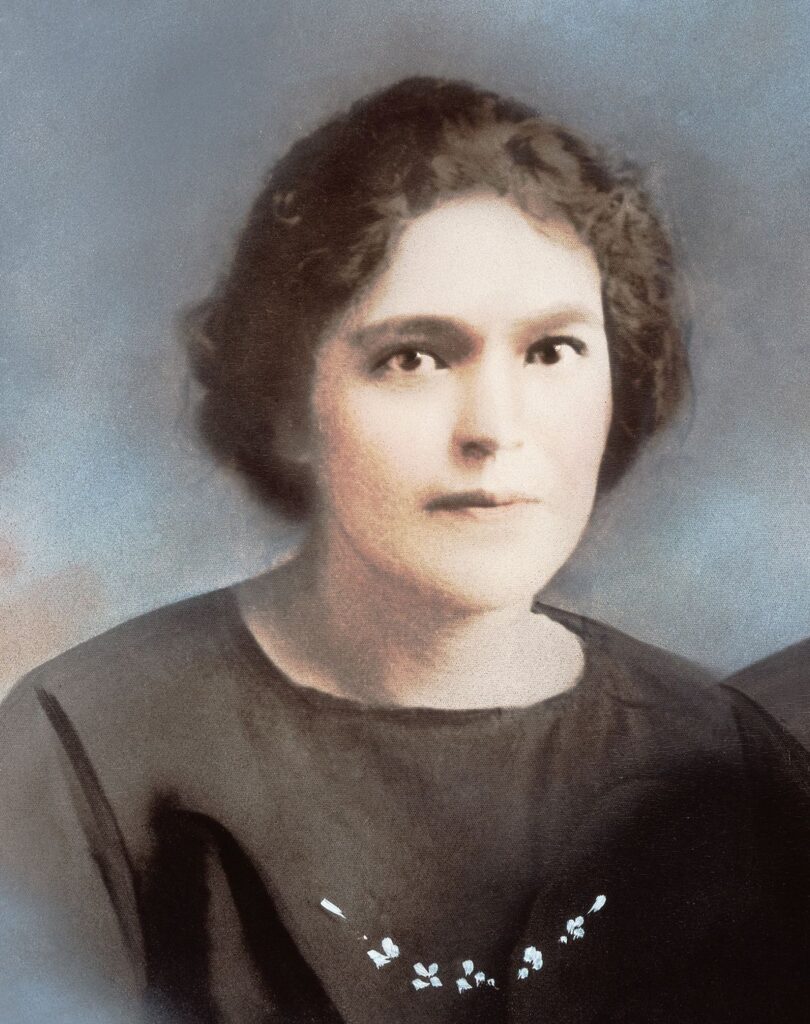
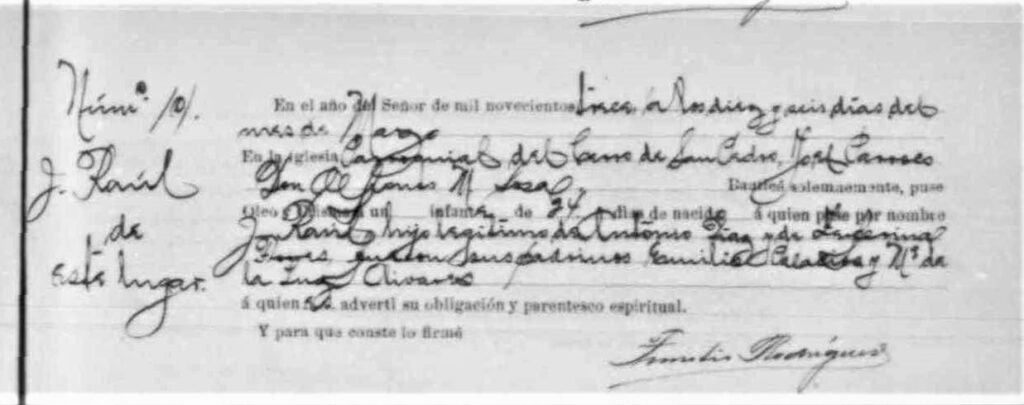
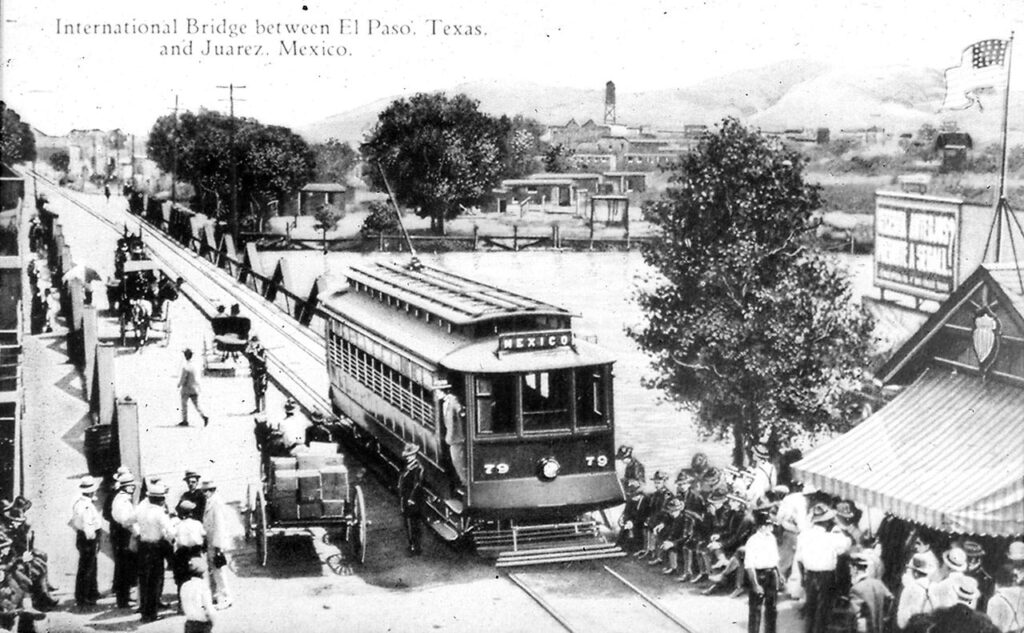
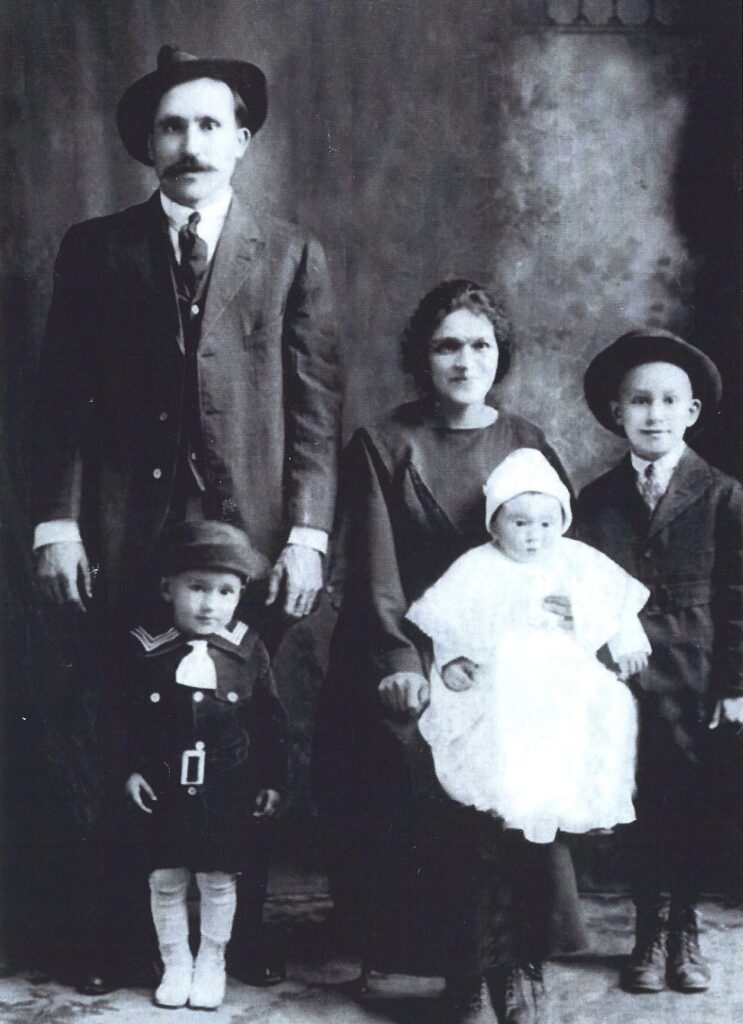
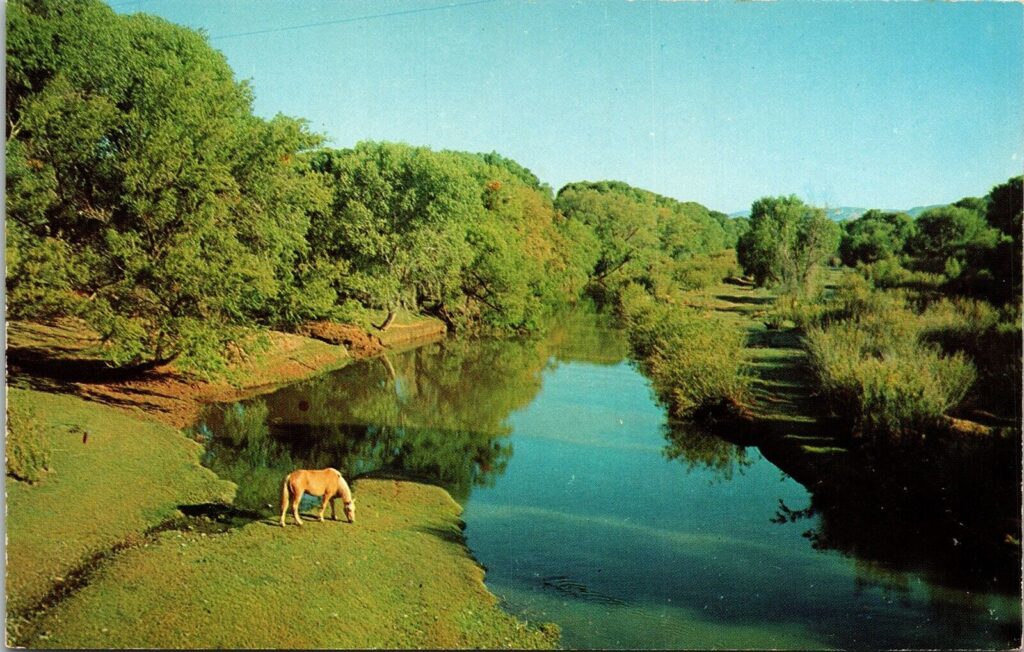

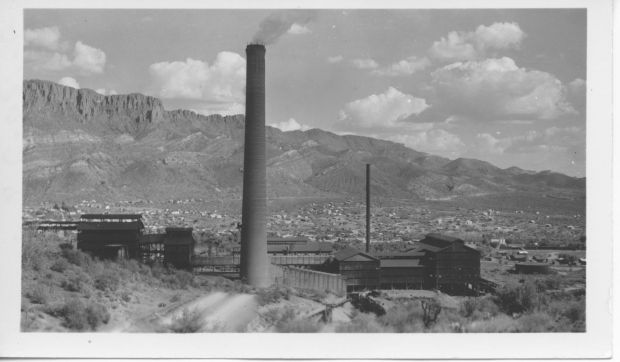
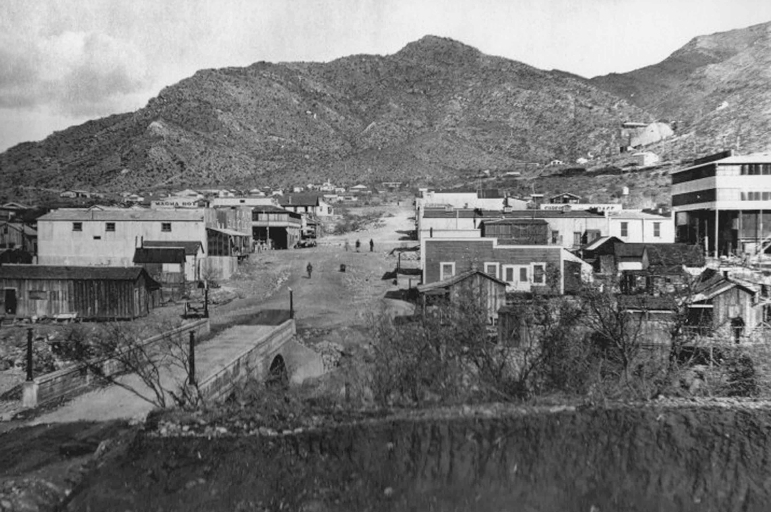


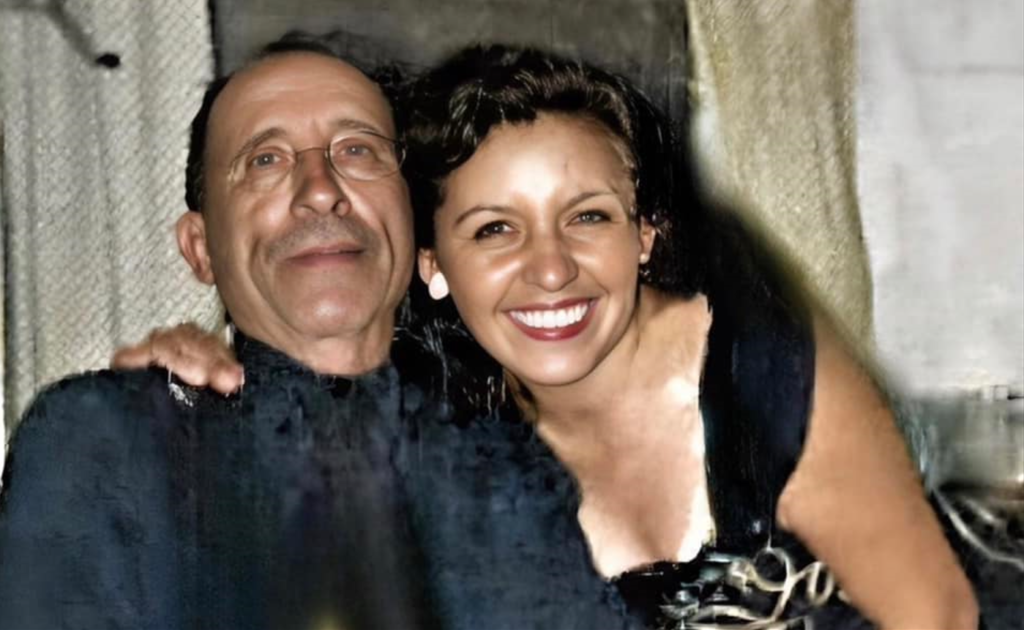
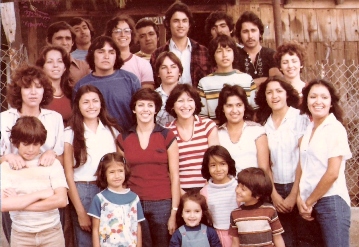
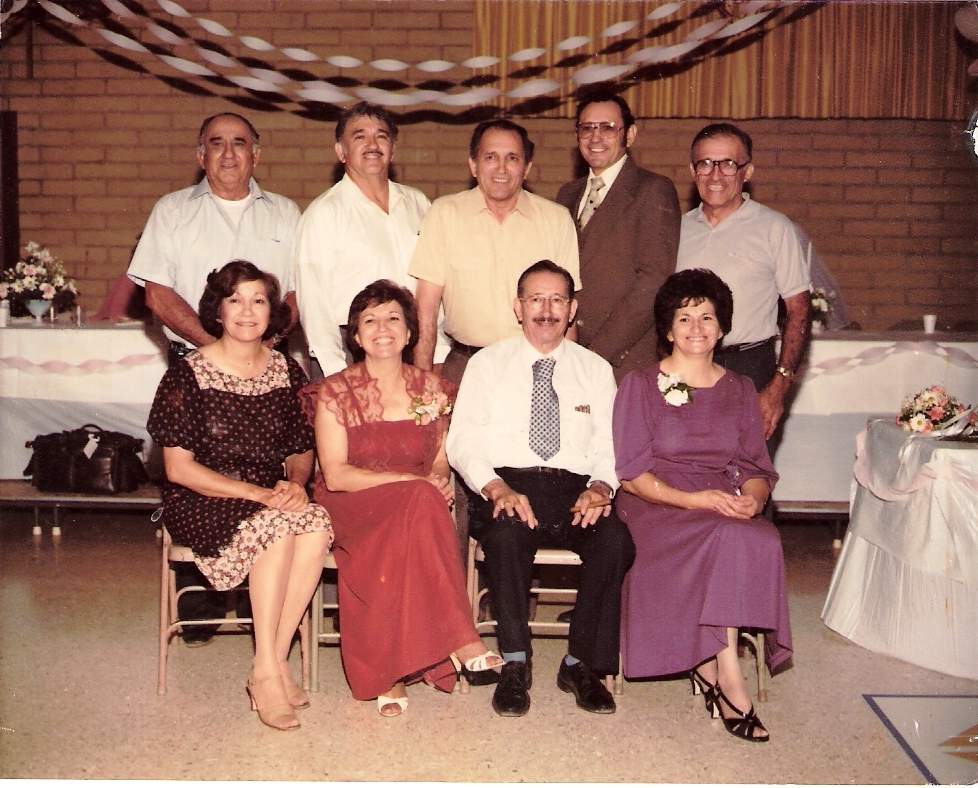
I wish I could have met him! Sounds like my grandpa Failo took after his father a lot. Proud to be from this family!
I grew up hearing what a selfless man he was. It must run in the Diaz blood. My own Father Richard and my Grandpa Val would have given a man the shirt off their back. Such a beautiful piece of our family history brought to life Cousin Bob.